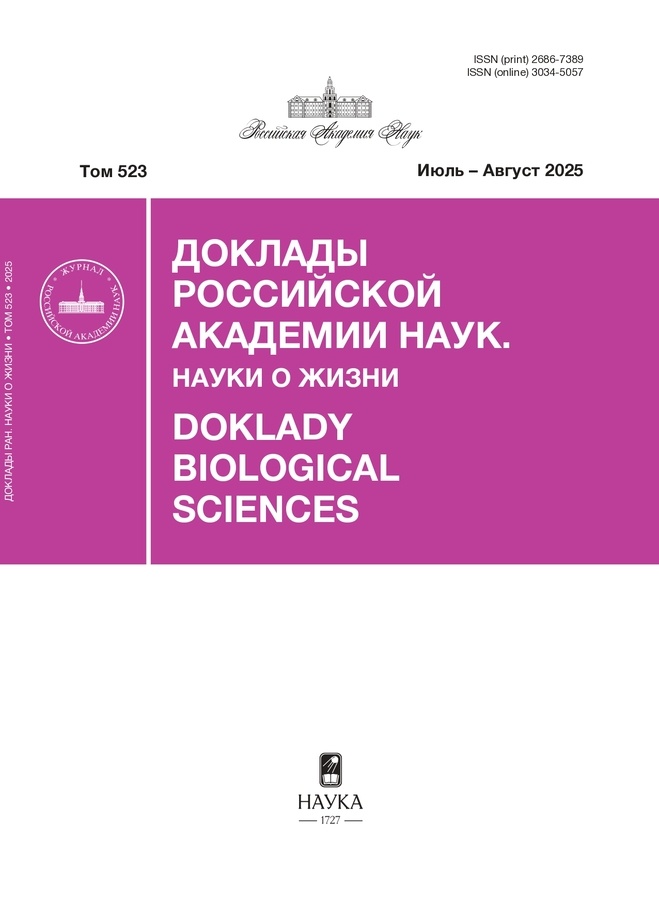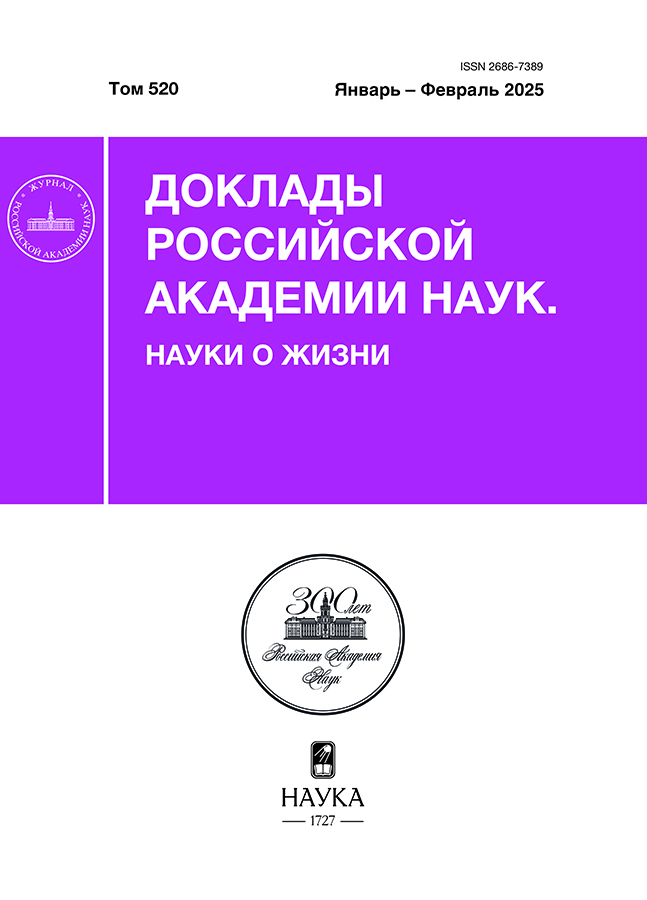Модульные нанотранспортеры, содержащие GALA3, способны осуществлять доставку монободи к Keap1 в клетки-мишени и ингибировать образование в клетках активных форм кислорода
- Авторы: Храмцов Ю.В.1, Бунин Е.С.1, Уласов А.В.1, Лупанова Т.Н.1, Георгиев Г.П.1, Соболев А.С.1,2
-
Учреждения:
- Институт биологии гена Российской академии наук
- Московский государственный университет им. М.В. Ломоносова
- Выпуск: Том 520, № 1 (2025)
- Страницы: 159-163
- Раздел: Статьи
- URL: https://ter-arkhiv.ru/2686-7389/article/view/682070
- DOI: https://doi.org/10.31857/S2686738925010268
- EDN: https://elibrary.ru/svxdcs
- ID: 682070
Цитировать
Полный текст
Аннотация
В созданном ранее модульном нанотранспортере (МНТ), способном доставлять в цитозоль монободи к Keap1, транслокационный домен дифтерийного токсина (ДТокс) был заменен на эндосомолитический пептид GALA3. Установлено, что данная замена более чем вдвое увеличивает время жизни МНТ в крови. С помощью конфокальной микроскопии было показано, что МНТ с GALA3 интернализуется в клетки AML12 преимущественно за счет связывания с рецептором эпидермального фактора роста, а также способен выходить из эндосом в цитозоль. Используя клеточный анализ теплового сдвига, было показано, что МНТ с GALA3 и МНТ с ДТокс с одинаковой эффективностью способны нарушать образование комплекса Nrf2 с Keap1, что приводило к сходной защите клеток AML12 от действия перекиси водорода. Полученные результаты позволяют не только оптимизировать системное применение МНТ, но и могут послужить основой для создания средств, направленных на лечение болезней, связанных с окислительным стрессом.
Полный текст
Об авторах
Ю. В. Храмцов
Институт биологии гена Российской академии наук
Email: alsobolev@yandex.ru
Россия, Москва
Е. С. Бунин
Институт биологии гена Российской академии наук
Email: alsobolev@yandex.ru
Россия, Москва
А. В. Уласов
Институт биологии гена Российской академии наук
Email: alsobolev@yandex.ru
Россия, Москва
Т. Н. Лупанова
Институт биологии гена Российской академии наук
Email: alsobolev@yandex.ru
Россия, Москва
Г. П. Георгиев
Институт биологии гена Российской академии наук
Email: alsobolev@yandex.ru
академик РАН
Россия, МоскваА. С. Соболев
Институт биологии гена Российской академии наук; Московский государственный университет им. М.В. Ломоносова
Автор, ответственный за переписку.
Email: alsobolev@yandex.ru
член-корреспондент РАН
Россия, Москва; МоскваСписок литературы
- Bellezza I., Giambanco I., Minelli A., et al. // Acta Mol. Cell Res. 2018. V. 1865(5). P. 721–733.
- Hayes J.D., Dinkova-Kostova A.T. // Trends Biochem. Sci. 2014. V. 39(4). P. 199–218.
- Yamamoto M., Kensler T.W., Motohashi H. // Physiol. Rev. 2018. V. 98(3). P. 1169–1203.
- Robledinos-Anton N., Fernandez-Gines R., Manda G., et al. // Oxid. Med. Cell Longev. 2019. V. 2019. 9372182.
- Ngo V., Duennwald M.L. // Antioxidants. (Basel). 2022. V. 11(12).
- Taguchi K., Kensler T.W. // Arch. Pharm. Res. 2020. V. 43(3). P. 337–349.
- Patra U., Mukhopadhyay U., Sarkar R., et al. // Antivir. Res. 2019. V. 161. P. 53–62.
- Olagnier D., Farahani E., Thyrsted J., et al. // Nat. Commun. 2020. V. 11. 4938.
- Khramtsov Y.V., Ulasov A.V., Slastnikova T.A., et al. // Pharmaceutics. 2023. V. 15. 2687.
- Khramtsov Y.V., Ulasov A.V., Rosenkranz A.A., et al. // Dokl. Biochem. Biophys. 2018. V 478. P. 55–57.
- Aloia T.A., Fahy B.N. // Expert Rev. Anticancer Ther. 2010. V. 10. P. 521–527.
- Nikitin N.P., Zelepukin I.V., Shipunova V.O., et al. // Nat. Biomed. Eng. 2020. V. 4(7). P. 717–731.
- An Q., Lei Y., Jia N., et al. // Biomol. Eng. 2007. V. 24. P. 643–649.
- Pfister D., Morbidelli M. // J. Contr. Release. 2014. V. 180. P. 134–149.
- Rosenkranz A.A., Ulasov A.V., Slastnikova T.A., et al. // Biochemistry (Moscow). 2014. V. 79(9). P. 928–946.
- Li C., Cao X.W., Zhao J., et al. // J. Membr. Biol. 2020. V. 253(2). P. 139–152.
- Khramtsov Y.V., Ulasov A.V., Rosenkranz A.A., et al. // Phramaceutics. 2024. V. 16. 1345.
- Khramtsov Y.V., Ulasov A.V., Rosenkranz A.A., et al. // Phramaceutics. 2023. V. 15. 324.
- Murphy M.P., Bayir H., Belousov V., et al. // Nat. Metab. 2022. V. 4(6). P. 651–662.
- Thurber G.M., Dane W.K. // J. Theor. Biol. 2012. V. 314. P. 57–68.
Дополнительные файлы















